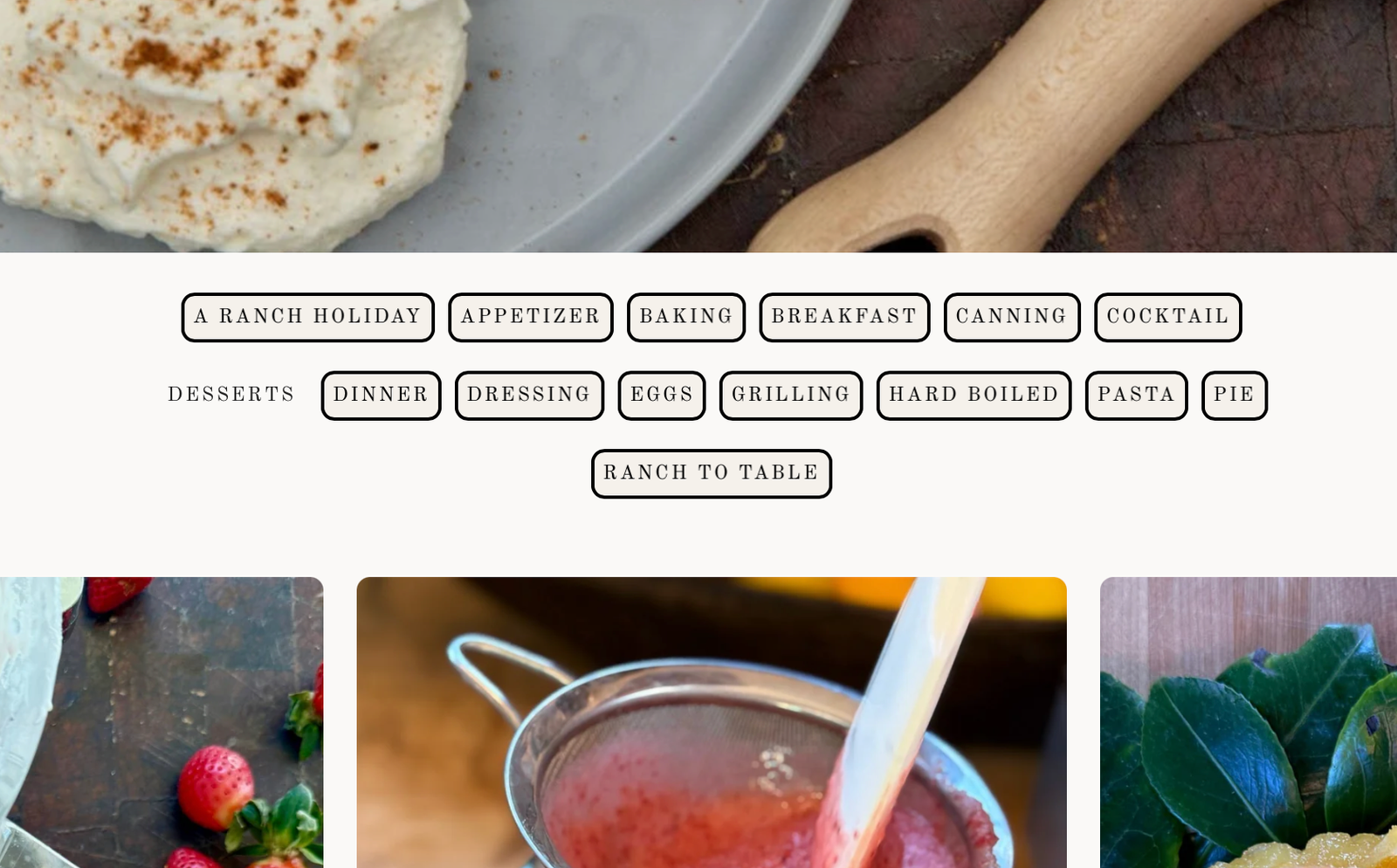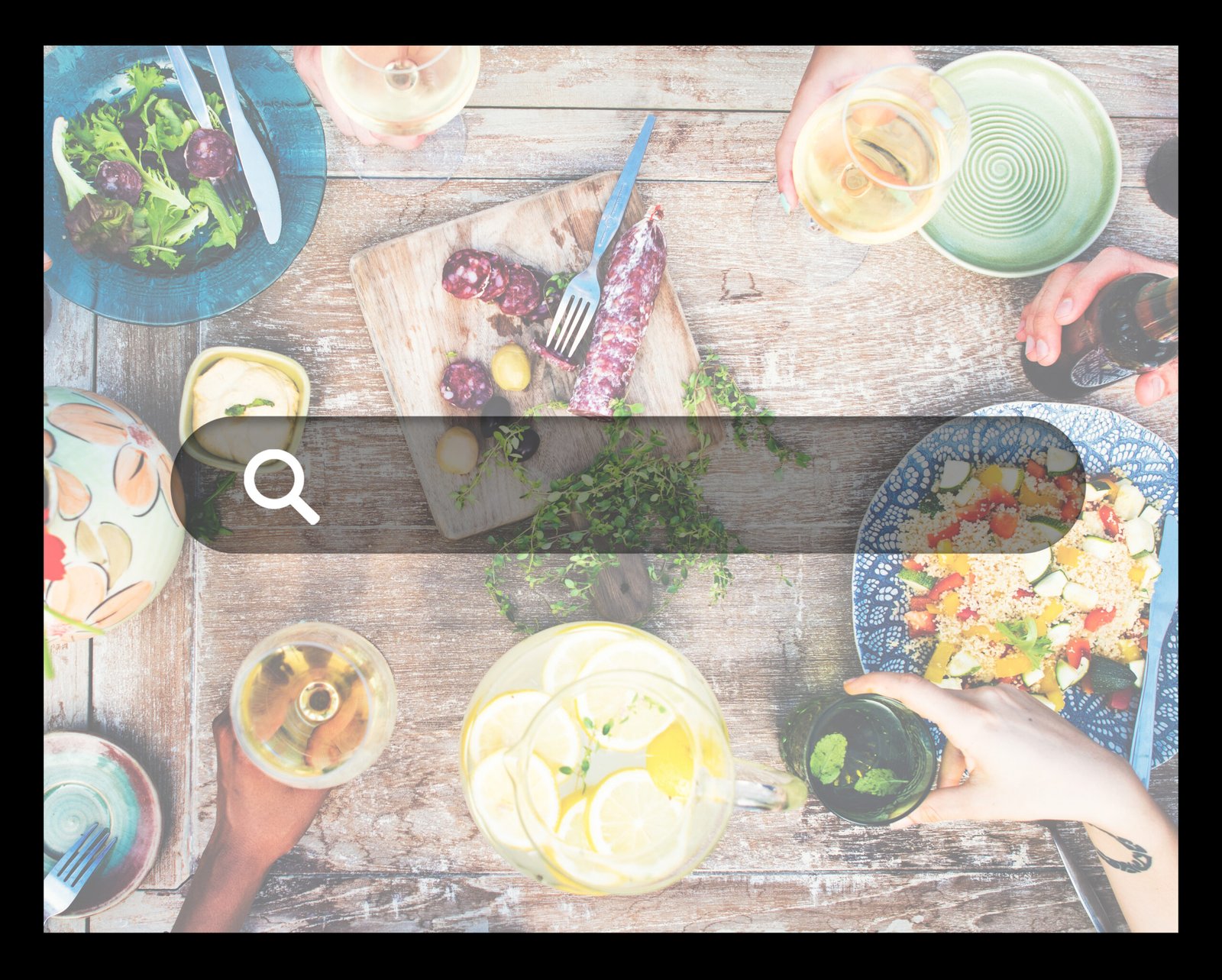If you’ve been blogging for a while, you’ve probably asked yourself this question at least once:
“Do I really need to use tags?”
Or maybe: “Wait… am I using too many?”
It’s a fair question—and one we get a lot from food bloggers we work with.
Tags used to be seen as a secret SEO weapon. Add enough of them, and maybe Google will understand your content better, right?
Well… not exactly. Let’s break it down.
What Are Tags Actually For?
Tags are meant to group related content together. Think of them like internal labels that tell both users and search engines:
“Hey, these posts are connected by this topic.”
So for example, if you have 10 different cookie recipes, you might use a tag like cookies to help organize them.
In theory, this also gives your readers an easy way to find more of what they’re looking for.
But here’s the thing: most food blogs don’t use tags well.
Where It Starts to Go Wrong
We see a few common mistakes over and over:
-
Way too many tags. If every post has 5–10 new tags, your blog ends up with hundreds of tag pages—many with just one post on them. That’s thin content, and Google doesn’t love that.
-
Duplicate tags and categories. Some blogs use a category called
Breakfastand then tag the postbreakfastagain. That’s just redundant—and can cause confusion for search engines. -
Tags with no actual purpose. We’ve seen tags like
easy,quick,yum, andtreat… what do those actually organize? Not much.
Do Tags Help SEO in 2025?
Here’s our honest answer: tags are not a ranking factor—and they won’t magically boost your SEO.
BUT… if they’re used well, they can help with:
-
Internal linking and navigation
-
Topical relevance (Google does look at site structure and how topics connect)
-
User experience (which can indirectly support SEO)
So yes, they can help—but only if they’re clean, consistent, and useful.
Our Tagging Advice for Food Bloggers
After working with hundreds of food blogs, here’s what we recommend:
✅ Use tags like themes, not like keywords. For example:
Good: no-bake, sheet pan, holiday cookies
Not so helpful: yum, simple, dessert (too vague)
✅ Limit the number of tags per post—aim for 2 to 4 relevant ones.
✅ Only create tag archive pages if they offer value.
That means more than one post per tag—and ideally a short intro or description.
✅ Noindex weak tag pages (or just don’t index tag archives at all) if they’re not adding value for search engines.
So… Should You Use Tags at All?
If you’re going to use them with intention, yes—go for it.
But if your tags are messy, inconsistent, or autogenerated… it’s probably better to clean them up, noindex them, or ditch them entirely.
Remember, SEO isn’t about doing all the things. It’s about doing the right things well.
If you’re not sure whether your tag setup is helping or hurting your site, feel free to reach out. We’re happy to take a look and give honest feedback (no fluff, promise).



